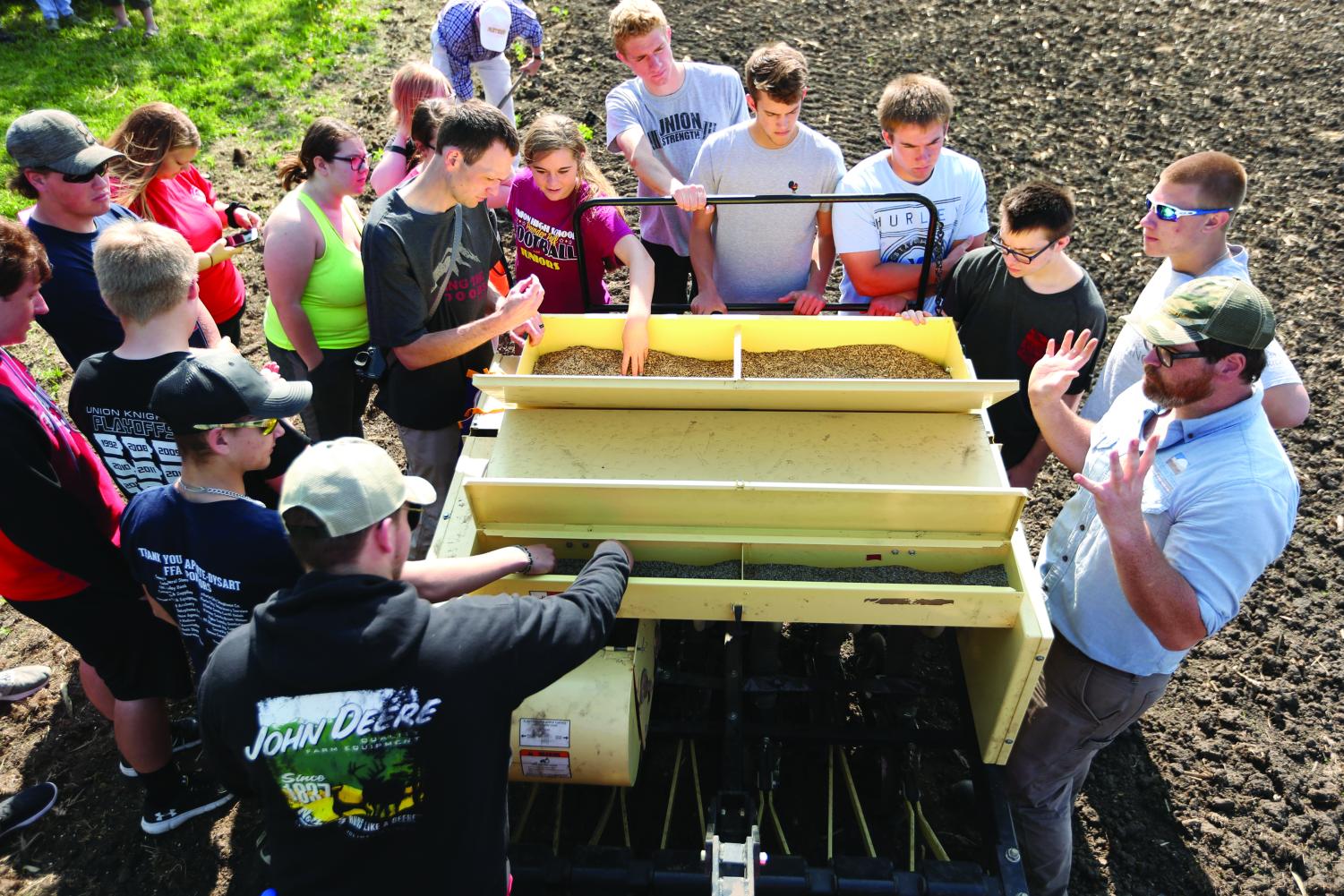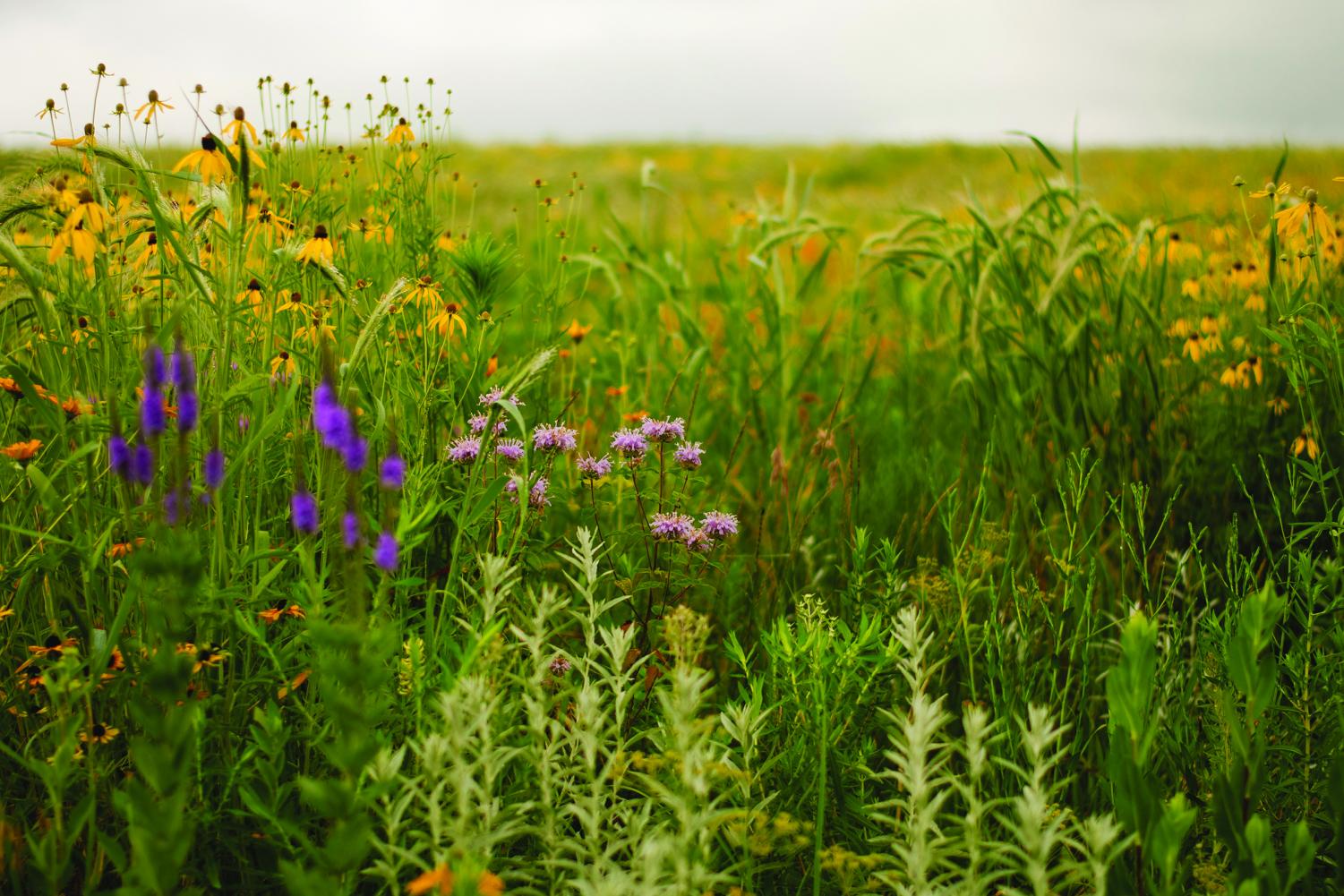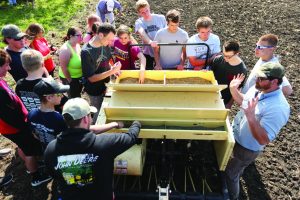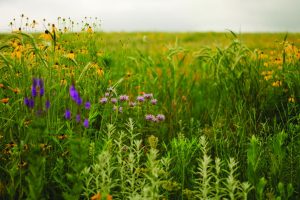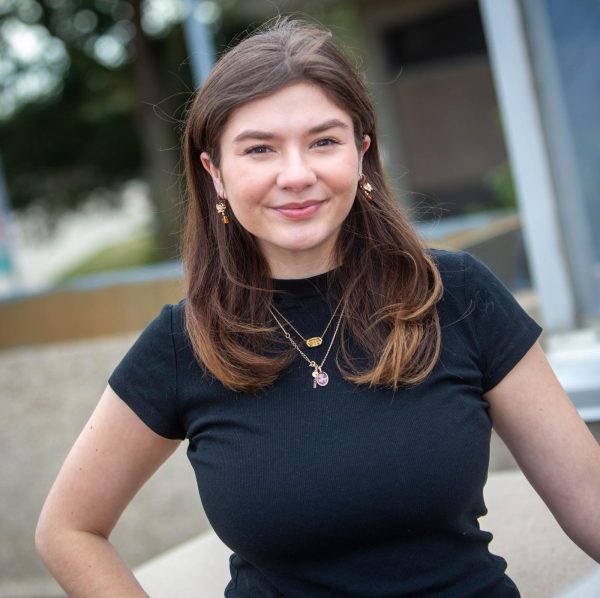UNI’s Tallgrass Prairie Center gifted 300 acres for preservation
Feb 6, 2023
UNI’s Tallgrass Prairie Center was founded in 1999, formerly known as the Native Roadside Vegetation Center. The Tallgrass Prairie Center aims to “empower people to value and restore resilient, diverse tallgrass prairie.” Some of the projects that the Tallgrass Prairie Center works on include the Iowa Roadside Management Program and the Prairie on Farms program. Alongside these programs, the Tallgrass Prairie Center helps manage the prairie conservation on UNI’s campus. On top of all of this, the Tallgrass Prairie Center was recently gifted 223 acres of land from Cathy Irvine of Dysart, Iowa. On top of the 77 acres Irvine had donated previously, the Tallgrass Prairie Center now manages a 300-acre swath of land that staff is working to preserve.
In 1830, it was estimated that 75-80% of Iowa was covered in native tallgrass prairie. Almost 200 years later, it’s estimated that less than 1% of that native tallgrass prairie remains in Iowa today. This drastic freefall in native tallgrass prairie land is large in part due to the western expansion of the 19th century. However, there are many benefits to protecting the tallgrass prairie that remains in Iowa. One of these reasons includes protecting our water resources and protecting natural habitats for Iowa’s animals. Tallgrass prairies also provide strong carbon sequestration, which is defined as the capturing and storing of carbon. The Tallgrass Prairie Center’s work to preserve and restore Iowa’s tallgrass prairie is vital in the preservation of Iowa’s ecosystems and protection of water quality in the area.
As aforementioned, the Tallgrass Prairie Center manages several projects to maintain and restore Iowa’s tallgrass prairie. Of these projects, the Iowa Roadside Management Program is one of the Tallgrass Prairie Center’s longest running projects. Laura Jackson, Ph.D., the director of the Tallgrass Prairie Center, spoke on how important it is to preserve all of Iowa’s land.
“The roadside management program does just what it says, it manages Iowa’s roadsides. You might not think anything of it when you’re driving by on the highway, but that accounts for almost 60% of our tallgrass prairie in Iowa. It’s in a ditch!” she said.
Beyond the roadside management program, the Tallgrass Prairie Center also works with farmers to preserve prairie on farmland through the Prairie on Farms program and cultivates native seeds. “All of this is state funded,” noted Jackson. “No one’s tuition is going towards this, it’s state funding we get to research and preserve these vital prairies.”
Beyond the strong programs that the Tallgrass Prairie Center has established alongside a swath of volunteers and community partners, the Tallgrass Prairie Center now has the opportunity to preserve a 300-acre plot of tallgrass prairie that used to be farmland. Jackson continued on the ecological benefits of the tallgrass prairie plot, saying “It is a fantastic habitat… there are many pheasants in the area, and they’ll find a home within this prairie. Along with the pheasants, we’re hoping to bring back the bobolink, which used to nest here, but no longer does due to the tallgrass prairie reduction.” Jackson hopes to not only rebuild a strong ecosystem in the Irvine Prairie, but also noted that there will be strong soil benefits for the area as well. “There’s no soil erosion under a prairie. You aren’t losing nutrients to runoff, so maintaining the Irvine Prairie will do great things for the area.”
There are several ways UNI students can get involved with tallgrass prairie in the area as well, Jackson discussed. “One of UNI’s best kept secrets is the biology department’s trails behind University Ave.,” Jackson continued. “Being in nature can be so beneficial, especially for students. I think getting out into the prairies, just walking in them and being connected with nature can be great for students.” The reservation can be found in between the Center for Environmental and Energy Education and the Residence on the Hill Apartments on the south side of campus. Beyond walking the trails, Jackson also recommended students volunteer alongside the Tallgrass Prairie Center in their upcoming events, including April’s prairie burning. “Prairies need to be burnt as a general upkeep for the prairie, and students are more than welcome to help out and can sign up for training on the website.”
“It’s your campus,” Jackson commented. “Get involved with all it has to offer!” The Tallgrass Prairie Center and all of its programs to maintain Iowa’s wildlife is one of UNI’s many hidden treasures. The gift of the Irvine Prairie will benefit Iowa’s ecological sphere for years to come, and Iowa’s return on investment into its tallgrass prairies will be seen for decades to come.


